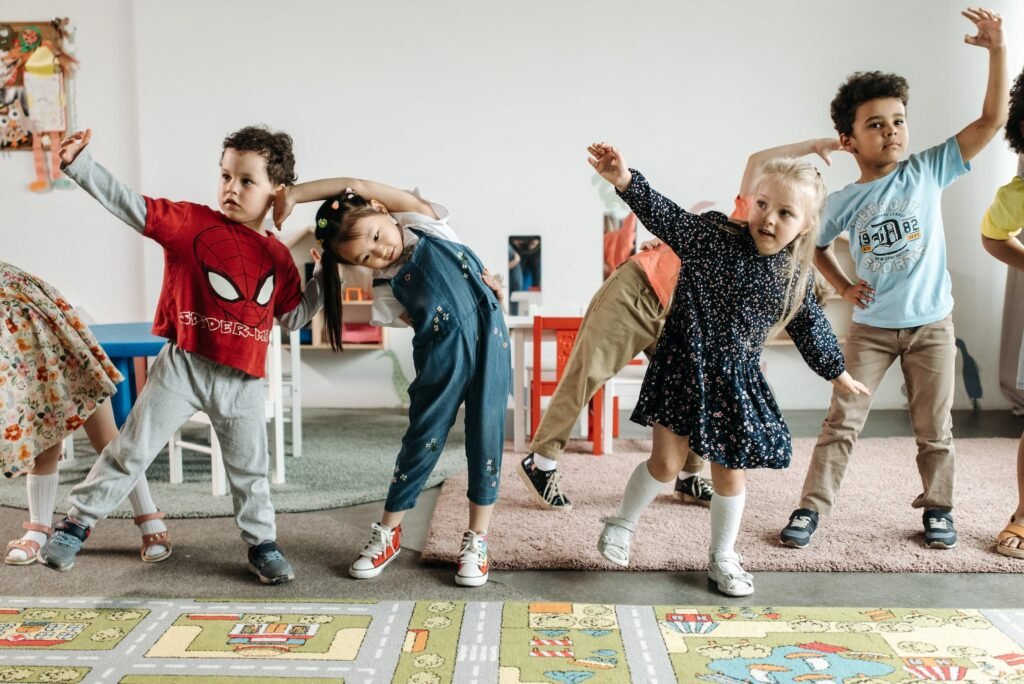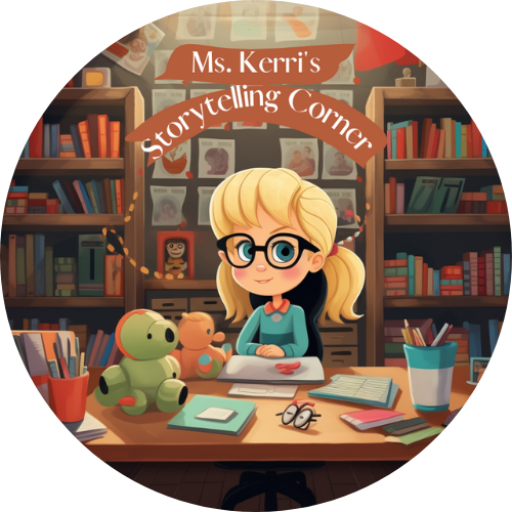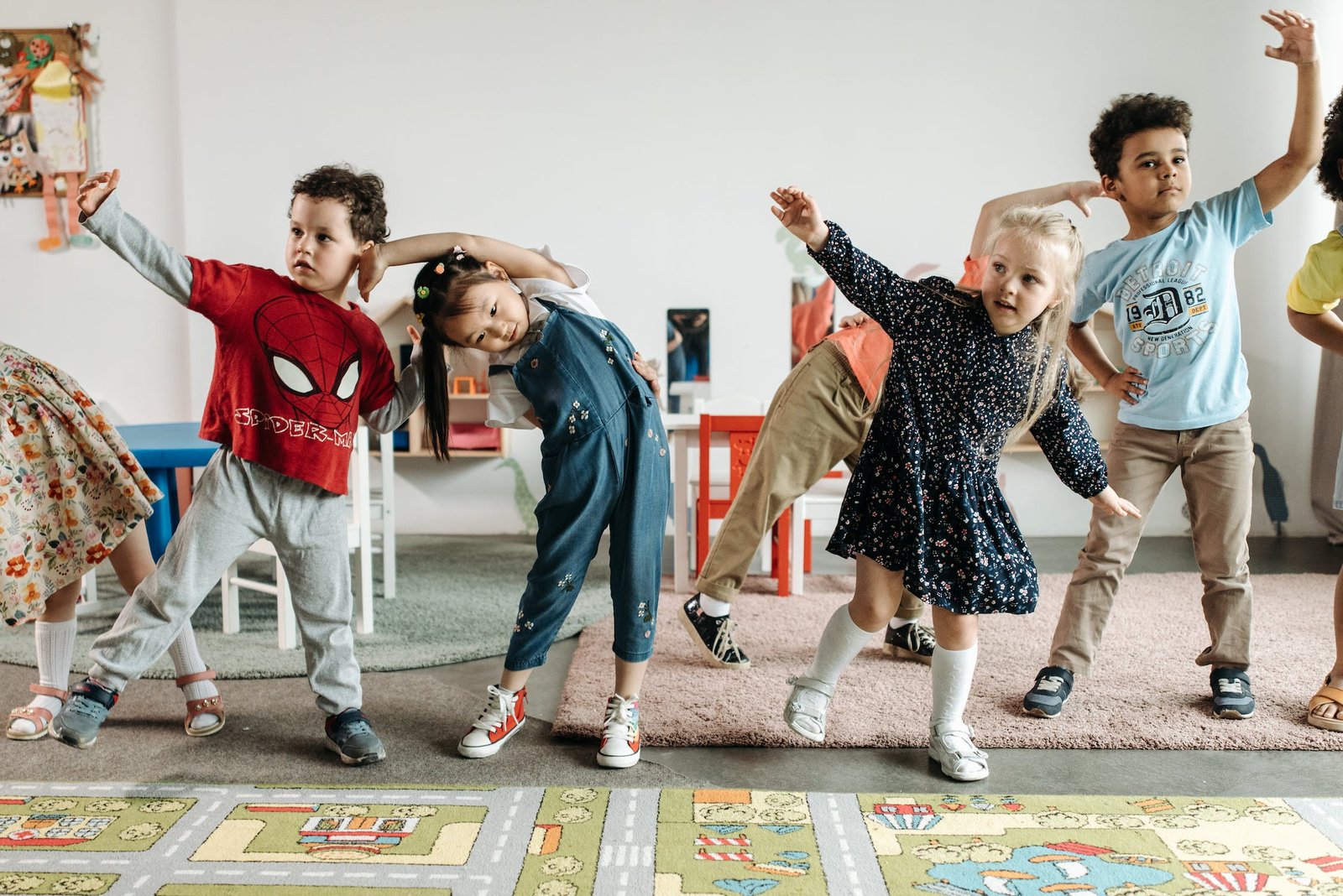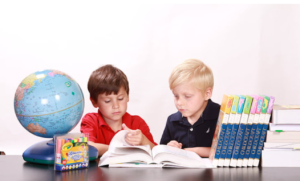
Preschool STEM Activities You Can Do with Household Items: Turn Trash into Treasure
Defining STEM Education for Preschoolers
Preschool is a crucial time in a child’s development, where their curious minds are just beginning to explore the world around them. Introducing STEM (Science, Technology, Engineering, and Mathematics) education at this early stage can have a transformative impact on their learning journey. STEM activities help preschoolers develop critical thinking, problem-solving skills, and a strong foundation in these fundamental subjects. In this article, we will explore the benefits of engaging preschoolers in STEM education and highlight the importance of utilizing household items to create hands-on STEM experiences. Furthermore, we will delve into creative ways to turn trash into treasure, using everyday objects to facilitate science, engineering, and math activities that will not only spark their imagination but also promote their overall development. Let’s embark on this exciting journey of transforming household items into valuable tools for preschool STEM education!
1. Introduction to Preschool STEM Activities

Defining STEM Education for Preschoolers
STEM education might sound like a complex term, but don’t let it intimidate you, especially when it comes to preschoolers. STEM stands for Science, Technology, Engineering, and Math, and it’s all about introducing young children to these subjects in a fun and hands-on way. By engaging in STEM activities, preschoolers can develop a variety of skills and lay a solid foundation for future learning.
2. Benefits of Engaging Preschoolers in STEM Education
Promoting Critical Thinking and Problem-Solving Skills
STEM activities help preschoolers develop critical thinking and problem-solving skills. Through hands-on experiments and challenges, they learn to ask questions, analyze situations, and come up with creative solutions. Who knew a simple activity could turn your little one into a budding problem solver?
Fostering Curiosity and Imagination
STEM education nurtures curiosity and imagination, two qualities that are essential in a child’s development. By exploring scientific concepts, designing inventions, or conducting experiments, preschoolers can let their imaginations run wild and satisfy their never-ending curiosity about the world around them.
Building a Foundation for Future Learning
STEM education provides a strong foundation for future learning. When preschoolers engage in STEM activities, they develop essential skills that will help them excel in school and beyond. Whether it’s understanding basic scientific principles or grasping mathematical concepts, these early experiences lay the groundwork for a lifetime of learning.
3. Importance of Utilizing Household Items for STEM Activities

Accessibility and Affordability
When it comes to STEM activities for preschoolers, you don’t need fancy equipment or expensive kits. Household items are the unsung heroes of STEM education. They are readily available, easily accessible, and won’t break the bank. So, forget about spending a fortune on specialized materials and embrace the magic of everyday objects.
Environmentally-Friendly Approach
Using household items for STEM activities is not only budget-friendly, but it’s also eco-friendly. By repurposing everyday objects, you reduce waste and promote sustainability. It’s a win-win situation – you get to engage your preschooler in fun learning experiences while being kind to the environment. Mother Nature will surely give you a high-five for that!
Encourages Resourcefulness and Creativity
One of the fantastic benefits of using household items for STEM activities is that it encourages resourcefulness and creativity. It sparks your preschooler’s imagination and teaches them to think outside the box. Who would have thought that a cardboard box or a plastic bottle could become the catalyst for a world of learning possibilities?
4. Creative Ways to Transform Trash into Treasure for STEM Learning
Introduction to Upcycling and Repurposing
Let’s dive into the exciting world of upcycling and repurposing! Instead of throwing things away, why not give them a second life? Teach your preschooler about the importance of recycling and reducing waste by turning trash into treasure. From old cereal boxes to empty containers, there are endless opportunities to transform ordinary objects into extraordinary learning tools.
Creating DIY Building Blocks from Cardboard
Got a stack of cardboard boxes lying around? Don’t toss them out just yet! Transform them into DIY building blocks. Cut the cardboard into various shapes and sizes, and let your preschooler’s imagination take over. They can build towers, bridges, or even houses. These homemade building blocks will not only enhance their engineering skills but also provide hours of creative play.
Using Plastic Bottles for Science Experiments
Plastic bottles aren’t just for holding drinks – they can also be fantastic tools for science experiments. Fill them with water, add some food coloring, and watch your little scientist discover the wonders of density. Or turn them into homemade lava lamps by combining water, oil, and a few drops of food coloring. These simple yet captivating experiments will have your preschooler saying, “Wow, I’m a scientist!”
With a bit of creativity and a handful of household items, you can turn trash into treasure and unlock a world of STEM learning for your preschooler. So, gather those empty containers, raid the recycling bin, and let the STEM adventures begin!
5. Exploring Science through Household Items
Simple Chemical Reactions with Baking Soda and Vinegar
Chemistry can be a blast, even for preschoolers! All you need is some baking soda and vinegar, which you probably already have in your kitchen. Mix them together and watch the magic happen. The reaction produces bubbles and fizz, creating a mini volcanic eruption right before your eyes. It’s a fantastic way to introduce your little ones to the wonders of chemical reactions.
Discovering Properties of Water with Ice Cubes
Water may seem simple, but there’s so much to learn about its properties. Grab some ice cubes and let your preschooler experiment. They can observe how ice melts and turns into water when exposed to different temperatures. They can also explore the concept of buoyancy by seeing what objects sink or float in a bowl of water. It’s a cool way to get your mini-scientist thinking.
Exploring Magnetism with Everyday Objects
Magnets have an inexplicable attraction, both literally and figuratively! Show your preschooler the marvels of magnetism with everyday objects like paperclips, coins, and refrigerator magnets. Let them experiment with different materials and see what sticks. It’s a magnetic experience that will surely attract their curiosity.
6. Engineering Challenges with Everyday Objects
Constructing Paper Bridges
Who says engineering is just for grown-ups? With some paper and tape, your preschooler can become a bridge builder extraordinaire. Challenge them to create a bridge that can support the weight of small toys or books. It’s a fantastic way to introduce them to concepts like stability and balance while having some creative fun.
Building Towers with Toothpicks and Marshmallows
If you have toothpicks and marshmallows lying around, you have all the materials for a tower-building extravaganza. Let your preschooler’s imagination soar as they construct towering masterpieces using the sticky power of marshmallows. It’s a hands-on activity that teaches spatial awareness and problem-solving skills, all while satisfying their sweet tooth.

Designing and Testing Straw Rockets
Blast off into learning with a simple straw rocket experiment. Use straws, paper, and tape to create rockets, then have a friendly competition to see whose rocket can fly the farthest. It’s a great way to introduce your preschooler to the excitement of aerodynamics and the principles of force and motion. Just be prepared for some rocket-fueled fun!
7. Math Fun with Household Items
Counting and Sorting Activities with Buttons
Buttons are not just for fastening clothes; they can also be powerful math tools. Grab a handful of buttons and let your preschooler explore counting and sorting. They can arrange buttons by color, size, or even create patterns with them. It’s a fun and tactile way to develop early math skills while embracing their inner fashion designer.
Measuring and Estimating with Kitchen Utensils
Your kitchen is a treasure trove of math exploration. Grab measuring cups, spoons, and maybe even a scale, and let your preschooler play mathematician. They can measure ingredients for pretend recipes or estimate how many cups of water it takes to fill a larger container. It’s a deliciously educational way to introduce them to the concepts of measurement and estimation.
Shape Recognition and Patterning with Household Objects
Shapes are all around us, so why not turn your house into a shape scavenger hunt? Encourage your preschooler to find objects of different shapes, like circles, squares, or triangles. They can then create patterns using these objects, like a circle-star-square sequence. It’s a visually stimulating and pattern-tastic way to foster their shape recognition and logical thinking skills.
8. Conclusion: Encouraging Preschoolers’ Curiosity and Imagination through STEM
With just a few household items, you can unlock a world of STEM exploration for your preschooler. These activities not only introduce important scientific, engineering, and math concepts, but they also encourage curiosity and imagination. So, don’t let those everyday objects go to waste – turn trash into treasure and watch your little one’s love for learning grow. Who knows, you might just inspire the next generation of brilliant scientists and engineers!
8. Conclusion: Encouraging Preschoolers’ Curiosity and Imagination through STEM
STEM education is a powerful tool for fostering curiosity, imagination, and a love for learning in preschoolers. By incorporating household items into STEM activities, we can provide children with accessible, affordable, and eco-friendly learning experiences. From transforming trash into treasure to exploring science, engineering, and math concepts, these hands-on activities ignite their creativity and problem-solving skills. So, let’s continue to encourage and support our little ones in their STEM journey, as they turn everyday objects into extraordinary sources of knowledge and inspiration. Together, we can nurture a lifelong passion for STEM in our preschoolers and empower them to become the innovators and problem solvers of tomorrow.
FAQ

Q: Are these activities suitable for all preschool age groups?
A: The activities can generally be adapted for different ages within the preschool range (ages 3-5). Younger preschoolers may need more supervision/assistance. Focus on their development level, keeping activities open-ended, playful and engaging for their age.
Q: Can I do these activities with my child at home, or is a formal classroom setting necessary?
A: Absolutely, these activities are designed for both home and classroom use. A home setting is perfectly fine and allows one-on-one time. Just be sure to provide the space, materials and supervision kids need to explore freely yet safely.
Q: What are some safety considerations when using household items for STEM activities with preschoolers?
A: Supervise closely, avoid anything sharp, breakable or pose choking hazards. Consider each item’s appropriate size. Explain proper handling and have kids put things away properly when done. Doing activities at a safe, kid-sized table also helps prevent accidents.
Q: How can I modify these activities to accommodate children with different learning abilities?
A: Scaffold instructions/steps as needed. Provide alternatives based on individual skills. Focus on engagement through favorite characters, songs, modeling instead of “finish” goals. Use visual schedules or physical prompts. Varytextures, sounds, tastes in activities. Most importantly celebrate each child’s unique abilities!

Ms. Kerri’s Corner provides a exciting virtual space for preschool learning. Through a variety of engaging activities, she exposes young minds to early math, literacy, science and social-emotional skills in a developmentally appropriate way. Centers for blocks, art, books and music allow children to explore hands-on learning at their own pace. Guided lessons subtly introduce number sense, letter sounds and narrative thinking. Careful observation gives insight into each child’s progress across domains. Viewers are also invited to participate, reinforcing that their ideas are valued. By making learning fun yet purposeful, Ms. Kerri lays the groundwork for future academic success while fostering creativity and imagination. Her program offers preschoolers valuable screen-based learning experiences.




